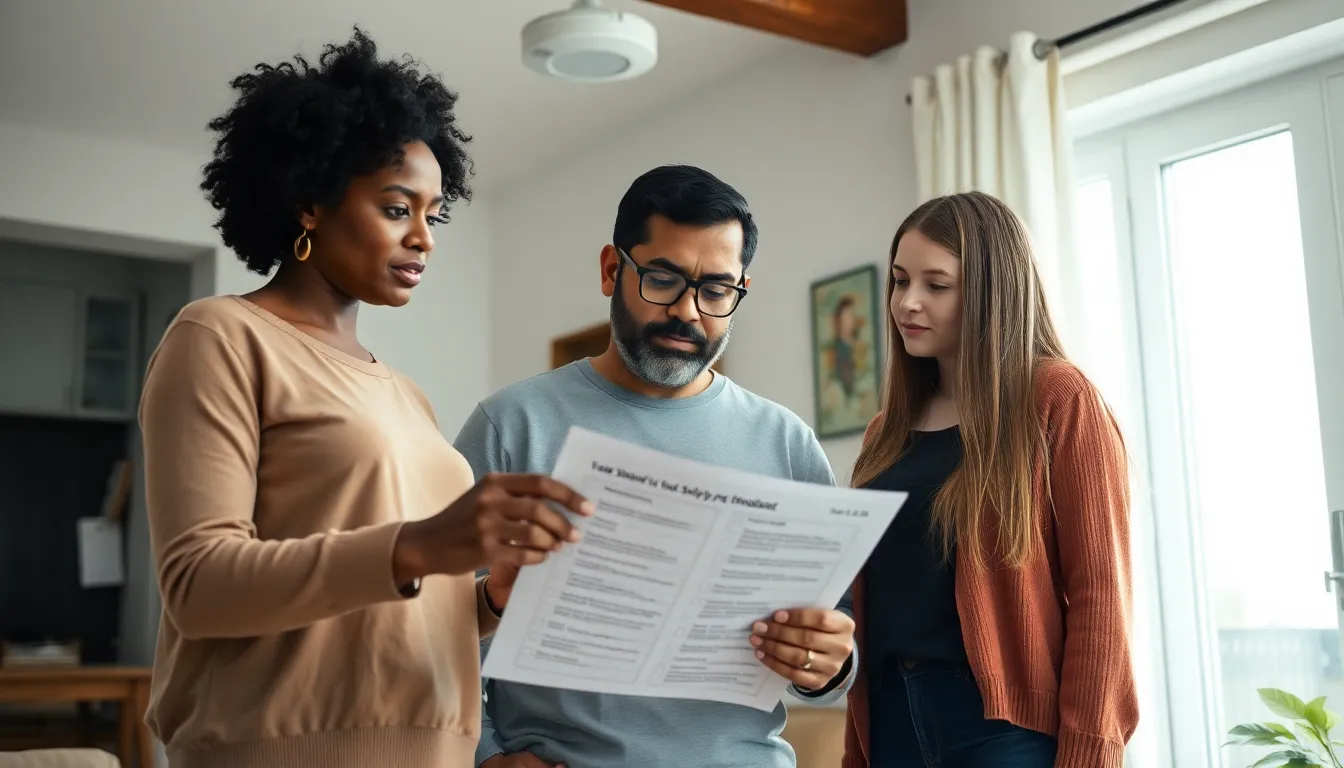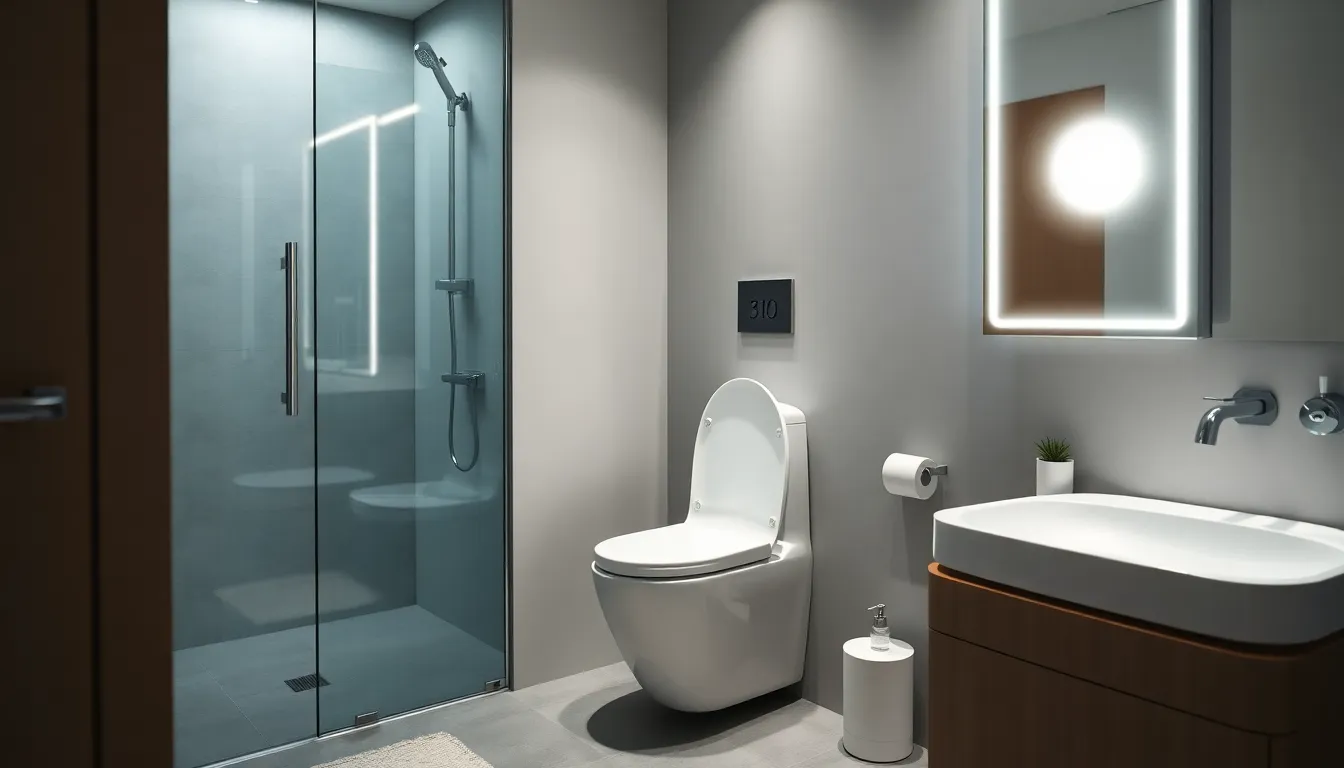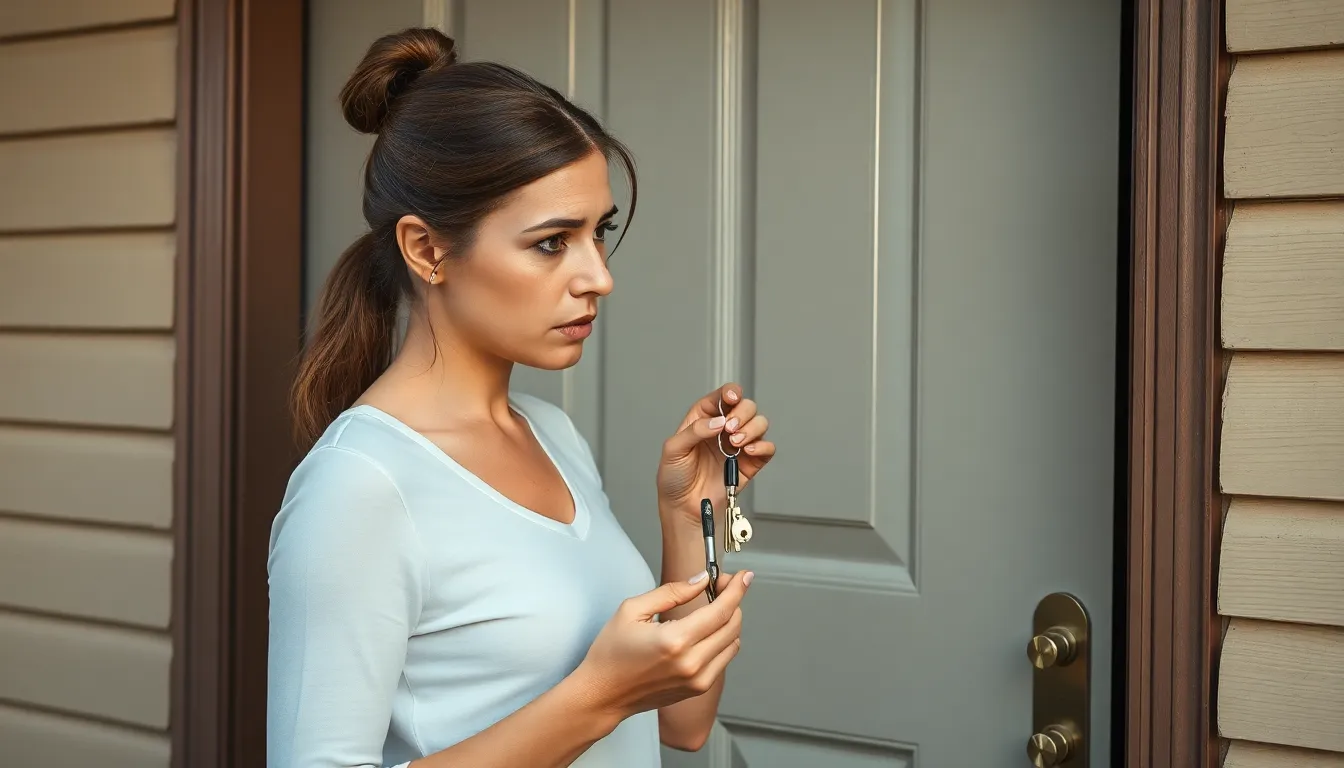Table of Contents
ToggleWhen it comes to renting, most people think about the rent check and the occasional leaky faucet. But what about tenant safety rights? They’re like the unsung heroes of the rental world, quietly standing guard while you binge-watch your favorite series. Knowing these rights can turn any tenant into a fearless champion of their own living space.
Overview Of Tenant Safety Rights
Tenant safety rights encompass several critical aspects of living in a rental property. Local, state, and federal laws protect tenants from unsafe living conditions. Tenants have the right to live in a space free from hazards, including issues such as mold, lead paint, and structural problems.
Landlords must maintain the property and ensure all safety codes are met. Regular inspections and prompt repairs are essential for a safe living environment. Tenants hold the right to request these repairs without fear of retaliation. If landlords fail to address safety issues, tenants may file complaints with local housing authorities or pursue legal action.
Emergency procedures must be established by landlords. These include functioning smoke detectors and carbon monoxide alarms. Tenants have the right to expect working safety equipment in their homes. In case of emergencies, timely communication from landlords is vital for tenant safety.
Certain tenant safety rights extend to privacy and peaceful enjoyment of the property. Landlords typically cannot enter a rental unit without proper notice unless there is an emergency. Respect for tenant privacy ensures a secure living situation.
Moreover, tenants possess the right to be free from discrimination. Fair Housing laws protect against discrimination based on race, color, religion, sex, national origin, disability, or familial status. Understanding these rights empowers tenants to advocate for themselves, promoting a safer living environment.
Overall, recognizing tenant safety rights plays a vital role in maintaining well-being in rental situations. Understanding and exercising these rights fosters safer homes and enhances the overall rental experience.
Key Safety Rights For Tenants
Tenant safety rights play a crucial role in ensuring well-being and security in rental situations. Understanding these rights empowers tenants to advocate for safe living conditions.
Right To A Safe Living Environment
Tenants possess the right to a safe living environment, which includes the absence of hazards. Properties must be free from mold, lead paint, pests, and structural problems. Landlords must adhere to local safety codes and regulations. Regular inspections help identify potential risks and necessary repairs. It’s essential that tenants raise concerns promptly, as it supports maintaining a secure home. Clear communication regarding safety issues fosters a better landlord-tenant relationship. Immediate action for safety repairs promotes tenant satisfaction and security.
Right To Report Hazards Without Retaliation
Tenants can report hazards without fear of retaliation, a vital aspect of safety rights. Notification about unsafe conditions must be followed up with action from landlords. The law protects tenants when they voice concerns regarding safety issues. Retaliation can take various forms, such as eviction or rent increases, but is prohibited by law. Keeping records of communications about hazards provides valuable support for tenants’ rights. Understanding these protections encourages tenants to advocate for their safety confidently. Successful resolution of issues reinforces a tenant’s right to live in a safe environment.
Responsibilities Of Landlords
Landlords carry significant responsibilities related to tenant safety rights. They ensure properties meet safety standards and create a secure living environment.
Ensuring Compliance With Safety Standards
Landlords must comply with local building codes and safety regulations. Adherence to these standards protects tenant health and well-being. They must address hazards like mold, lead paint, and structural issues promptly. Providing working smoke detectors and carbon monoxide alarms is also essential. Landlords should establish clear emergency procedures, ensuring tenants know how to respond during crises. Failure to meet these requirements risks legal consequences and tenant safety. Ensuring proper documentation and records of inspections helps maintain compliance.
Regular Maintenance And Inspections
Regular maintenance is crucial for preserving a safe living environment. Scheduled inspections help identify potential issues before they escalate. Landlords should perform these inspections at least annually, allowing for timely repairs. Addressing maintenance requests quickly builds trust and promotes tenant satisfaction. Clear communication regarding maintenance schedules keeps tenants informed. Response times for repairs should be swift to prevent hazardous conditions. Ignoring maintenance duties can lead to serious safety violations and potential health risks. Recording maintenance activities supports accountability and enhances property management efficiency.
Legal Protections For Tenants
Legal protections for tenants ensure a safe and equitable rental experience. This includes various federal and state laws tailored to uphold tenant safety rights.
Fair Housing Act Provisions
Fair Housing Act provisions prohibit discrimination based on race, color, national origin, sex, disability, and familial status. Tenants have the right to seek housing free from bias or unfair treatment. Violations can lead to penalties for landlords, including fines associated with discriminatory practices. The law also requires landlords to make reasonable accommodations for tenants with disabilities, ensuring accessible living environments. Thus, tenants can advocate for their rights without fear of retribution.
State-Specific Tenant Protection Laws
State-specific tenant protection laws provide additional safeguards, varying by jurisdiction. Many states enforce laws mandating landlords to maintain properties in safe condition and comply with established health codes. Some regulations require disclosure of specific hazards like lead paint or mold before signing lease agreements. Additionally, many jurisdictions allow tenants to withhold rent when landlords fail to address serious repairs. Tenants should familiarize themselves with local laws to fully understand their rights and protections. This knowledge empowers them to take action when necessary.
Common Violations And How To Address Them
Tenants often encounter violations of their safety rights, which can significantly impact their living conditions. Understanding how to address these issues is crucial for a safe rental experience.
Reporting Unsafe Conditions
Identifying unsafe conditions promptly is essential for maintaining health and safety. Tenants should document hazards such as water leaks, mold, or malfunctioning alarms. Reporting these issues to landlords in writing helps establish a formal record. Local health departments may provide additional guidance on logging complaints. If landlords neglect required repairs, tenants can consider escalating concerns to local housing authorities. Taking action ensures that responsible parties address safety violations effectively.
Seeking Legal Recourse
Exploring legal options becomes necessary when violations persist despite reporting. Tenants can seek advice from legal aid organizations or tenant advocacy groups. Understanding state-specific laws aids in determining available legal avenues. Filing a complaint with local housing authorities or pursuing small claims court provides further options. Engaging a lawyer specialized in tenant rights strengthens the chances of favorable outcomes. Documenting communications and maintaining records of unsafe conditions supports legal claims.
Conclusion
Tenant safety rights are vital for ensuring a secure and healthy living environment. By understanding these rights and the responsibilities of landlords, tenants can advocate for themselves effectively. Reporting hazards and maintaining clear communication with landlords are essential steps in fostering a safe home.
Legal protections and local laws further empower tenants to take action against unsafe conditions without fear of retaliation. Staying informed about these rights not only enhances individual safety but also contributes to a more responsible rental market. Ultimately, recognizing and exercising tenant safety rights is key to achieving peace of mind in the rental experience.








